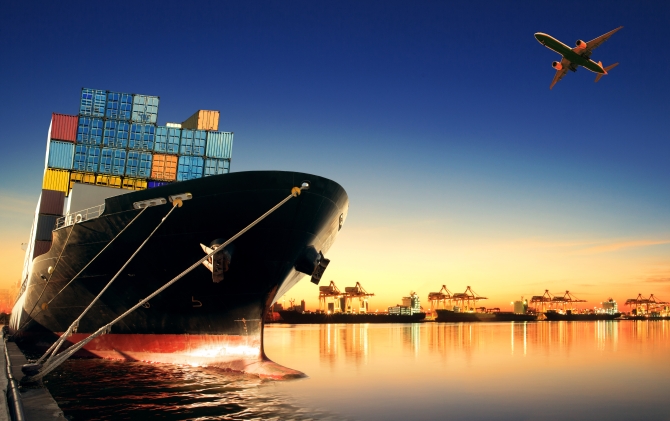The Time Is Soon
Click on image to download high resolution version
By Ed Bernard
We have all heard logistic nightmare stories that are occurring at our nation’s ports. As we go into 2022, It is difficult to predict exactly how this will affect the off-price world, however, some industry leaders offered interesting insights into the potential impact. I recently spoke with top stakeholders, and many indicated to me that we should be very excited about what is coming early next year.
Until the spring of 2020, global commerce operated like a finely tuned Ferrari, with so many different gears all working in perfect harmony to distribute products. A cargo ship leaving China for the two-week trip to the Port of Los Angeles, could be timed down to the hour of when it would land to offload its containers. Scheduled trucks and trains would be waiting to carry the product seamlessly to its destination.
As of two weeks ago, an estimated 500,000 containers are waiting to offload at the American ports. Shortages of workers, equipment, and a lack of coordination across the transportation industry have created a ripple effect. Additionally, a lack of available warehousing space near the ports has made matters worse.
Recently, President Joe Biden announced steps designed to restore the supply chain. Despite that announcement, Transportation Secretary Pete Buttigieg predicted that supply chain issues facing the US will continue into 2022.
Americans should brace for a holiday season that is going to be rocky, to say the least. We predict empty shelves, categories of product that cannot be found, and slim pickings as we get closer to the end of the year. On top of that, inflation fears are growing as customer demands far exceed supply.
The off-price industry has always benefited from spikes in product availability. The lack of inventory during the pandemic caused by factory shutdowns and logistics issues affected many of our vendors and retailers. When product is lacking, prices increase to offset these shortages. Off-price jobbers were hit especially hard with these recent shipping challenges. Jobbers are businesses which buy goods and bulk products from importers, other wholesalers, or manufacturers, and then sells to retailers. With the recent price increases for shipping containers, jobbers don’t have the spread of margin needed to resell their product to retailers.
I have talked to some of our vendors and other manufacturers who produce overseas and have product on some of these containers stuck at the port or still sitting in factories. They all say that their expectations for getting their winter and holiday product shipped on time is “unrealistic". Some have decided to carry this inventory into next year, with others saying that they will sell it off at the best prices they can, when it is received.
Many of us in the industry, including myself, are connected to factories and brokers overseas, and receive daily emails with the availability of abandoned inventory. I have recently noticed a dramatic increase in fall and winter American product being offered. A large off-price retailer’s chief merchant told me recently that they are buying abandoned inventory and housing it in warehouses overseas now, in the hopes that timing, transit, and warehousing costs improve in 2022.
So what are the positives here?
Other retailers that I have recently talked to also feel that the glut of product, current back load of containers, and late arriving product into the US will be a boon for them next year. The off-price jobber who can respond quickly can certainly benefit from these situations. While it’s anyone’s guess as to the exact timing of all this inventory availability, it certainly makes sense that 2022 should be a promising year for the off-price industry.
When these shipping delays are resolved, there will be a large influx of products from overseas that will be looking to be sold at lower costs. In the years to come, there will be a high volume of off-price merchandise, sure to provide hefty margins for your business.
Ed Bernard is an experienced consultant, wholesaler, retailer, and manufacturer of off-price apparel. He is the co-founder of the OFFPRICE show.

